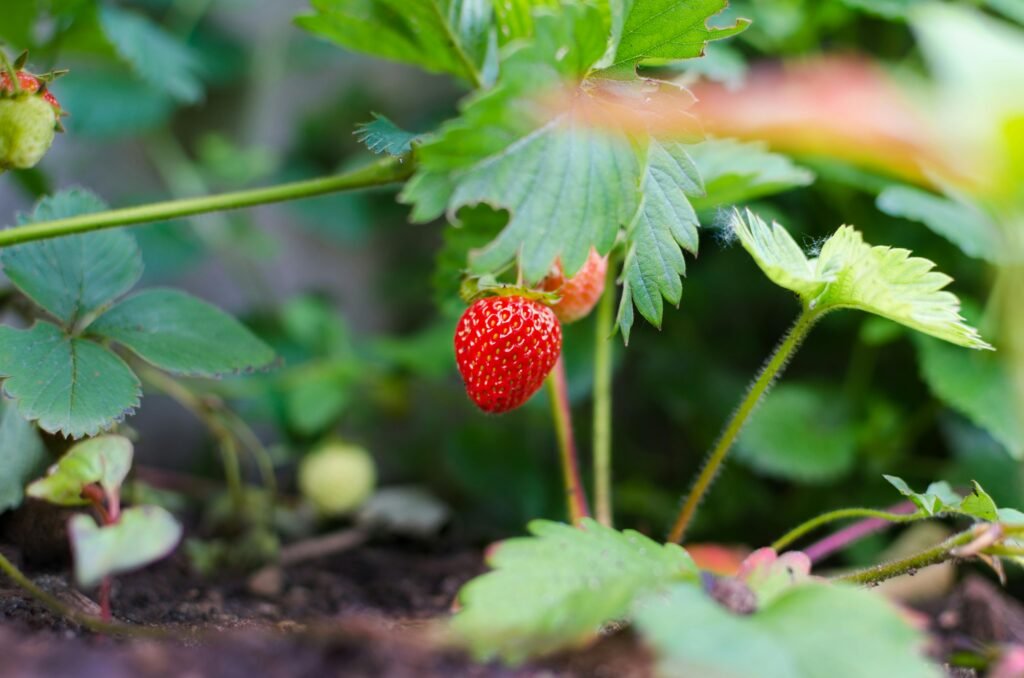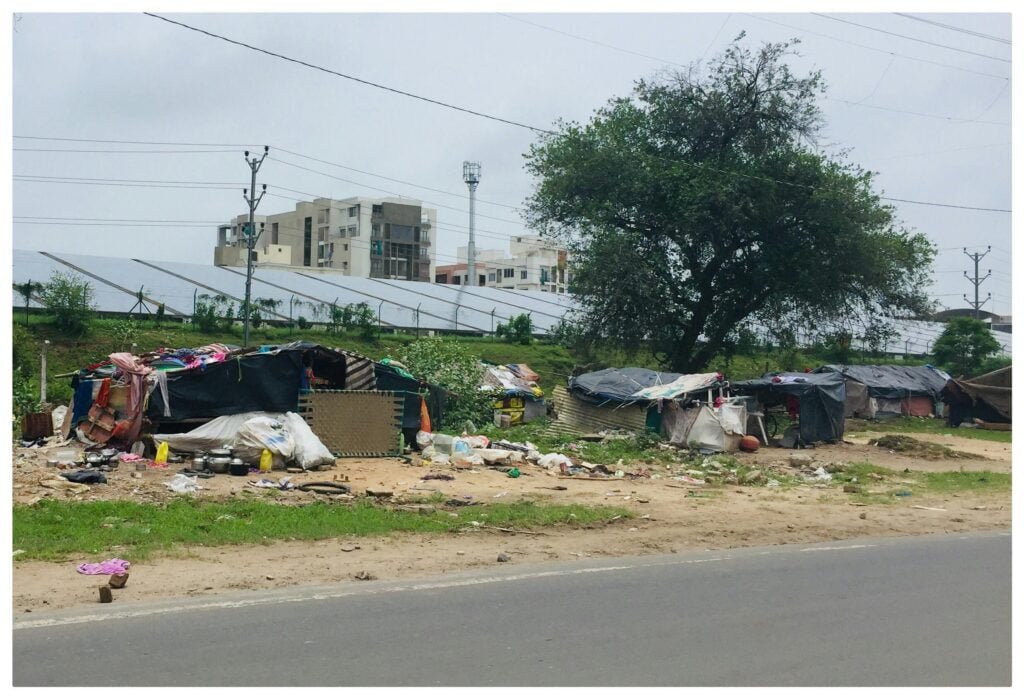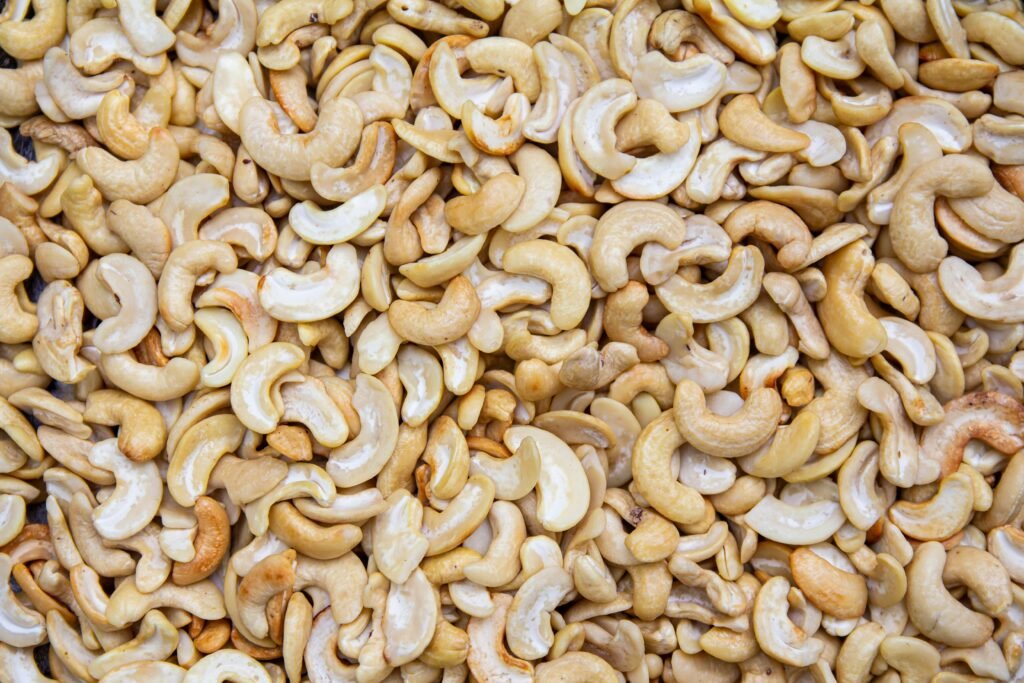Introduction to Rice Production in India
India is a country where rice forms the staple for most of the people, giving millions their primary source of nutrition. In fact, rice is one of the highest produced crops in India and of much cultural importance and economic value in the country. Since the country holds 20 percent of the share of the world’s total production, India ranks second in producing rice globally. This vividly shows how rice dominates the Indian economy and provides for many farmers’ livelihoods.
Rice is cultivated primarily across a vast number of climatic conditions in the vast regions of India. West Bengal, Punjab, Uttar Pradesh, and Andhra Pradesh are the primary rice-producing states, and each has been characterized by different kinds of environmental features that contribute to the process of rice cultivation. For instance, West Bengal has fertile alluvial soil combined with adequate supply of water, while Punjab is known for its technological advancements in agricultural practices and irrigation systems. Other major rice-producing states are Assam and Tamil Nadu, which indicate the large variety of rice produced in India.
India produces a variety of types of rice, such as aromatic varieties-Basmati-and non-aromatic varieties to be used in the kitchen. Diversity of rice production not only feeds the market inside the nation but also opens doors for its export outside. This makes the agricultural sector of the country stronger. It is also linked with the livelihoods of millions of small and marginal farmers whose income and security depend on crop production through rice cultivation. Thus, we need to have a more in-depth understanding how rice is produced, especially against such challenges of climate change that greatly affect the agriculture output and sustainability in India.
Understanding Climate Change and Its Effects on Agriculture
Climatic change refers to the long-term variations of temperatures, precipitation, and other components of the atmosphere on Earth. It is basically caused by human actions, especially the burning of fossil fuels and such processes as clearing forests and production due to which greenhouse gases such as carbon dioxide and methane are released into the atmosphere. These gases trap warmth from the sun, hence causing a slow rise in temperatures resulting in rising global temperatures; this phenomenon is commonly referred to as global warming. In addition to the rising temperature, climate change triggers unpredictable weather conditions: erratic rainfall, prolonged drought, and intensified storms. All these conditions result in a problematic environment for agriculture.
The agriculture is heavily reliant on natural cycles of weather. As a result, climate change affects it significantly. Rice is one staple food for more than half of the world’s population, including those in India, and is very much at risk because of these changes. For instance, rice plants require specific climatic conditions for their cultivation. It requires a specific temperature range and adequate moisture levels. An increase in global temperatures can result in ideal climatic conditions changing, thus stressing the rice crop. Heat can lower the yield of rice due to shortening of the growing season and affecting the plant’s ability to produce grains.
In addition, unpredictable weather patterns can result in irregular rainfall, which is important for irrigating rice fields. When it rains too much, it leads to flooding and thus, it drowns the young rice plants. On the other hand, too little rainfall can cause drought conditions, which leads to stunted growth or failure of the crop as a whole. Also, because of climate change, there can be more growth of pests and diseases. which affects the rice production. Therefore, these relationships between the environment and productivity in agriculture and food security in rice-dependent areas can only be fully understood once we factor in the climate change as well.

Impact of Climate Change on Indian Rice Production
Climate change has been the major source of concern for rice cultivation in India. There are many issues that make the cultivation of rice a difficult task. The most widely published change is increased temperature, which has become one of the dominating factors in changing the agricultural environment. Increased heat causes problems in the development of rice crops and results in lower yields. Studies have shown that rice yield can go down by as much as 10 percent for every degree Celsius increase in temperature. This becomes a major cause for concern in areas that highly rely on traditional farming techniques because adaptations may not be readily available.
In addition to rising temperatures, another problem we are facing is that of erratic weather patterns, which are causing more and more intense droughts and floods. Severe dry periods stress the rice plant, which then requires much water supply to have adequate development. On the other hand, flooding can cause waterlogging that negatively affects roots and results in the complete loss of crops. So, we see the impact of this dual threat on the immediate harvest as well as it creates uncertainties in long-term planning for farmers.
Also, we are seeing that because of climate change there are more spread of pests and diseases that target rice crops. Warmer temperatures create a more conducive environment for insects. So, we see more insects destroying plant health and productivity. Thus, farmers are now paying more since there is a need to apply additional pest control measures and agricultural inputs to combat these challenges. As such, it is reducing their profits.
Such climatic changes create immense socio-economic impacts on farmers, especially on small-scale cultivators who do not have the means to cope adequately. As a result, the increasingly unpredictable crop yield makes food security and livelihoods degrade. Thus, the stakeholders need to address this challenge of climate change on rice production very systematically.

Solutions and Adaptation Strategies for Farmers
Climate change continues to pose significant challenges to rice production in India; however, farmers could easily adopt different solutions and adaptation strategies to reduce impacts due to the shift in climatic conditions. Let us look into it.
Drought-Resistant Rice Varieties
The first approach focuses on drought-resistant rice varieties. Genetically improved drought-resistant varieties can face the challenge of water scarcity in a better way and at the same time, maintain yield stability under changing environmental conditions. Such varieties are being developed and promoted by research institutions in India so that farmers would gain access to them and adopt them in their practice.
Adjusting Planting Schedules
Apart from the use of resilient rice varieties, a farmer can also adjust planting dates and timing in an effort to increase adaptation to climate changes. In adjusting the sowing and harvesting schedule for suitability in new rainfall patterns, the loss and yield potential can be maximized. An example would be to take advantage of the post-monsoon rains, which are becoming more erratic due to climate change, by allowing planting at earlier times than is typically common. The use of such strategies, however, would expect farmers to know about weather information and environmental fluctuations, thereby pointing towards education as a role in adaptation.
Sustainable Agricultural Methods
In addition, sustainable agriculture is also an important part of developing long-term resilience. Practices such as crop rotation, integrated pest management, and organic farming are known to be beneficial for soil health but also enhance the variety of living organisms present in a system, thus making an agro-ecosystem more resilient. Such practices can thus help farmers reduce dependency on chemicals like fertilizers and pesticides, which are huge polluters and major contributors to environmental degradation often accelerated by climate change.
Policy Decisions
The role of government and other organizations becomes crucial to help farmers to adapt. Financial aid, training, and access to current agricultural technology would help the farmers to employ these adaptive measures effectively. Community-based approaches and increased knowledge sharing among farmers will strengthen local capacity to withstand climate change impacts even better. Also, governments can promote innovative agricultural practices that will support the sustainability of rice production in India during climate change.
Do share your thoughts by commenting below.






